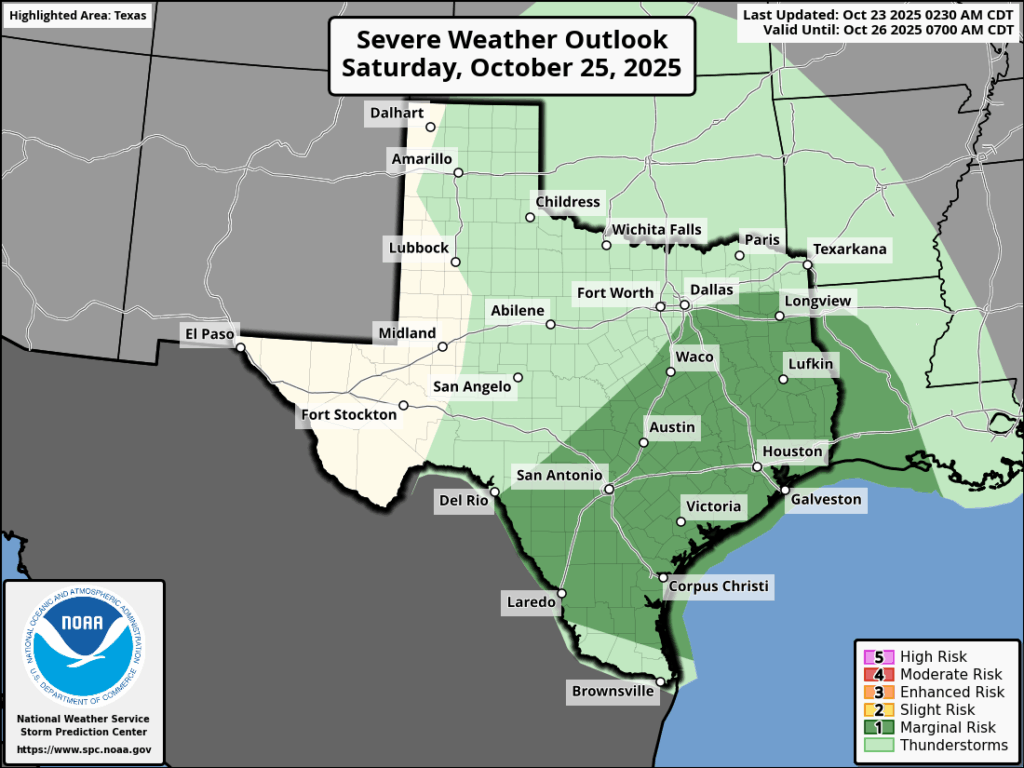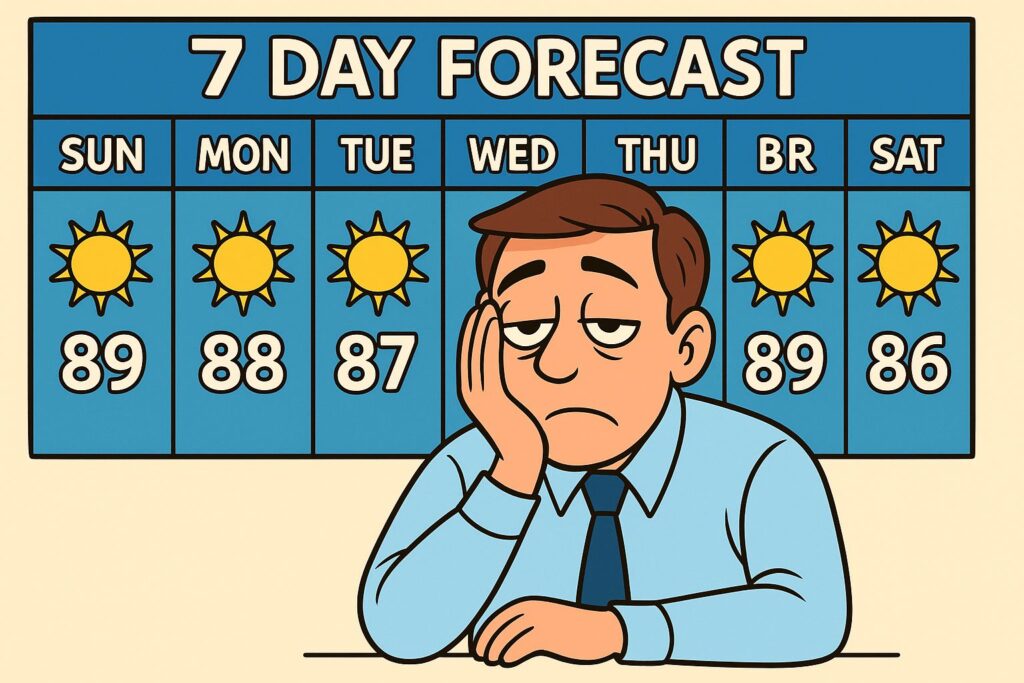In brief: We’ve (obviously) been following the forecast for Saturday morning closely, given our Fall Day celebration. At this point we’ve made the decision to go ahead with the gathering. This update explains why, and how you can participate.
Let’s start this post with a fun fact: Today is actually the 10th anniversary of Space City Weather. No kidding. You can read the very first post right here. I started the site on a Friday afternoon because I was concerned about storms that weekend. And here we are 10 years later, same week in October, concerned about weekend storms. It’s funny how history rhymes, if it does not outright repeat.
Speaking of those storms, I have to tell you, Matt and I have been agonizing over the forecast because we have our big Fall Day event planned for Saturday morning. We’ve spent a fair amount of money preparing some special tote bags and t-shirts for this day, and Reliant has invested a lot for a great setup of Midtown Park. It is not easy to delay or reschedule. So for now, we are planning to move ahead with the celebration.

Why? Our primary concern is a line of storms that will move through Houston on Saturday. At this time we think they probably will clear the area by 9 am, but we are not certain. There is a risk that the line moves a little bit slower. So we are going to watch things closely, and if we need to postpone our Fall Day event, we will do so. This will be clearly communicated right here, and on our social channels if the need arises. We are absolutely going to prioritize safety. But we think there’s a path forward to having a great event on Saturday.
Here’s what else we want you to know:
Timing: We’ll be at Midtown Park from 10am to noon, and folks are welcome to swing by whenever there’s a break in the weather. If we need to stay a bit longer to make sure we connect with everyone, we’re happy to do that. Rain gear and smiles encouraged!
Setup: Although the main line of storms should be through, there may be some lingering showers. So we’re shifting as much as possible to the covered stage area of the park and adding a few tents for extra coverage. All the fun stuff (giveaways, kid pumpkin art station, face painting, 360 photo booth) will still be there. Chalk wall, lawn games, etc. will likely go away given the weather. And of course, we’ll have free totes (to the first 100 guests) and special 10th anniversary shirts available for purchase.
Parking: There is a parking garage on Travis, next to the park, that will have ample space and I’ve been told it will be free on Saturday morning. So this should not be an issue.
Thanks for your patience as we have worked through a difficult situation. The good news is that we have really hit a home run here by scheduling the event on October 25th, because now we can take credit for knocking out the region’s emerging drought. You’re welcome, everyone!








